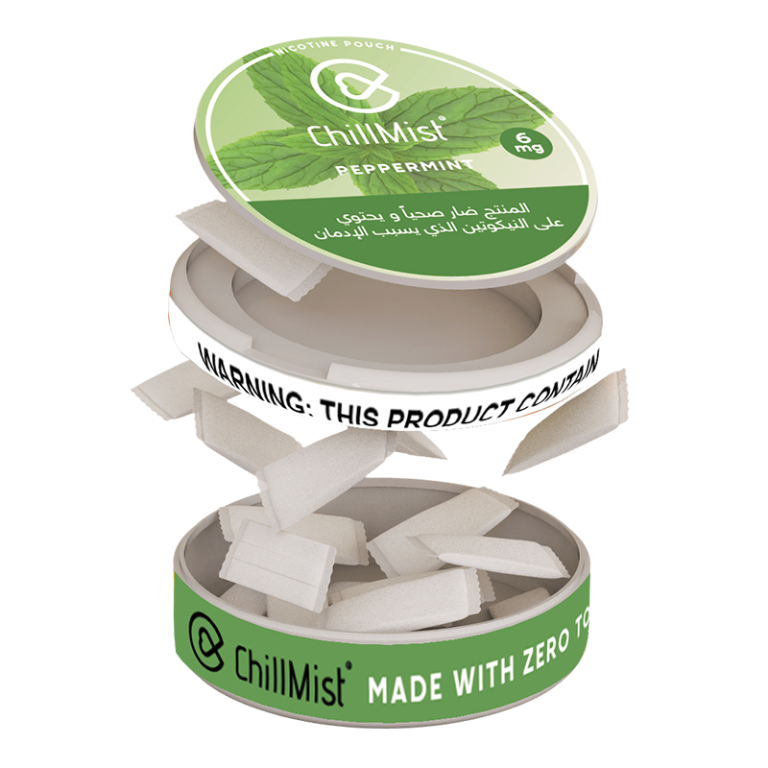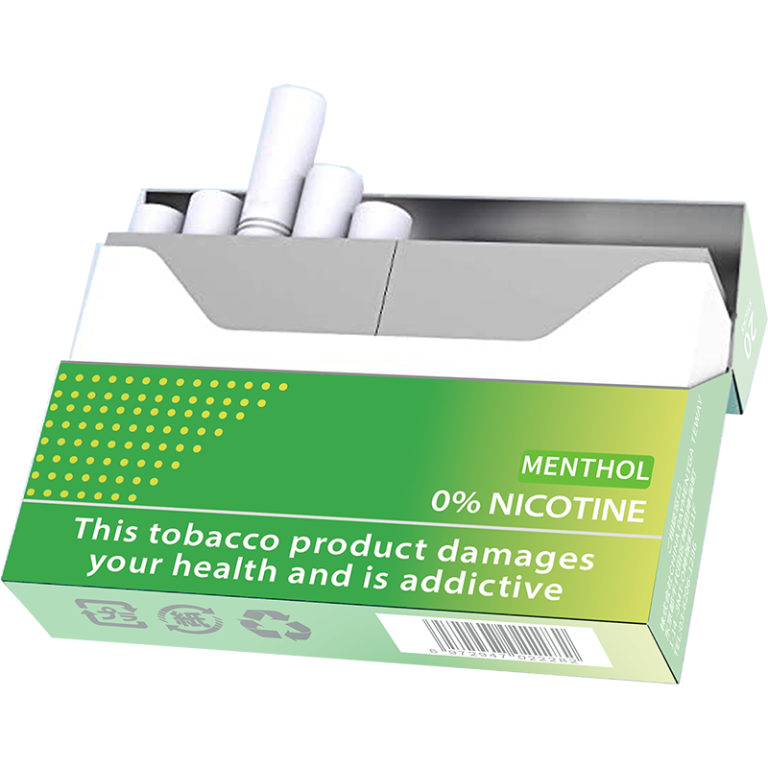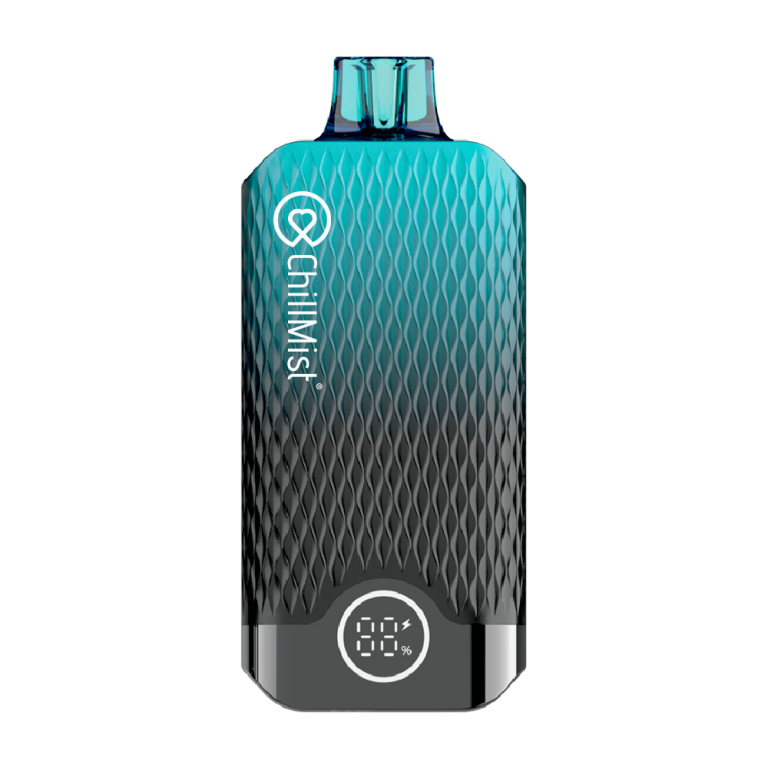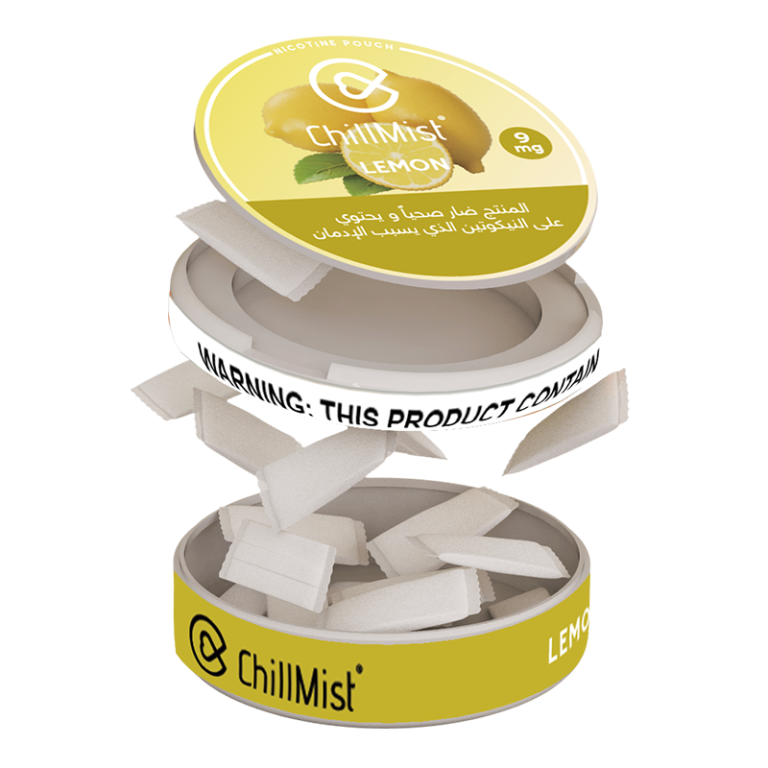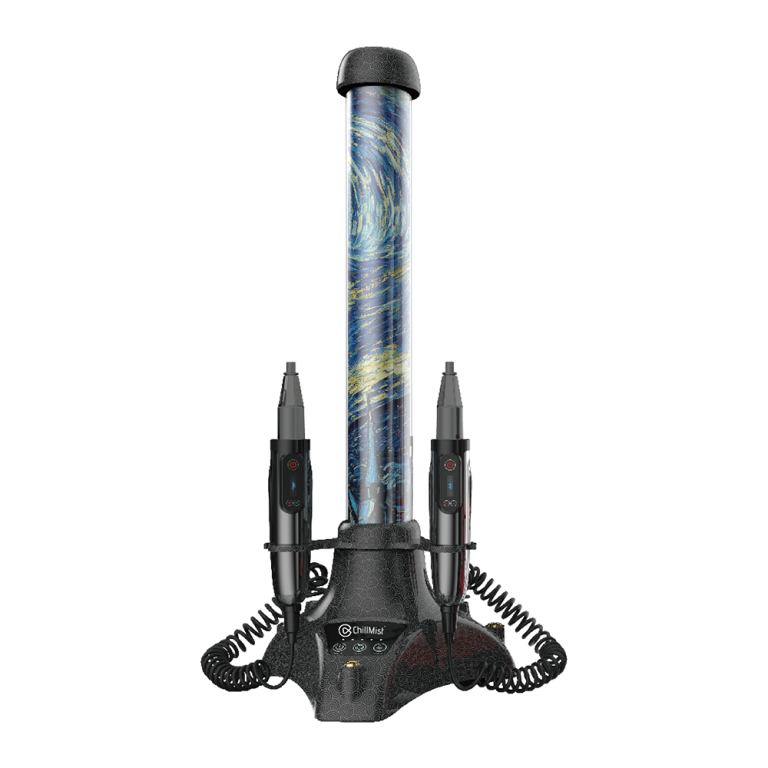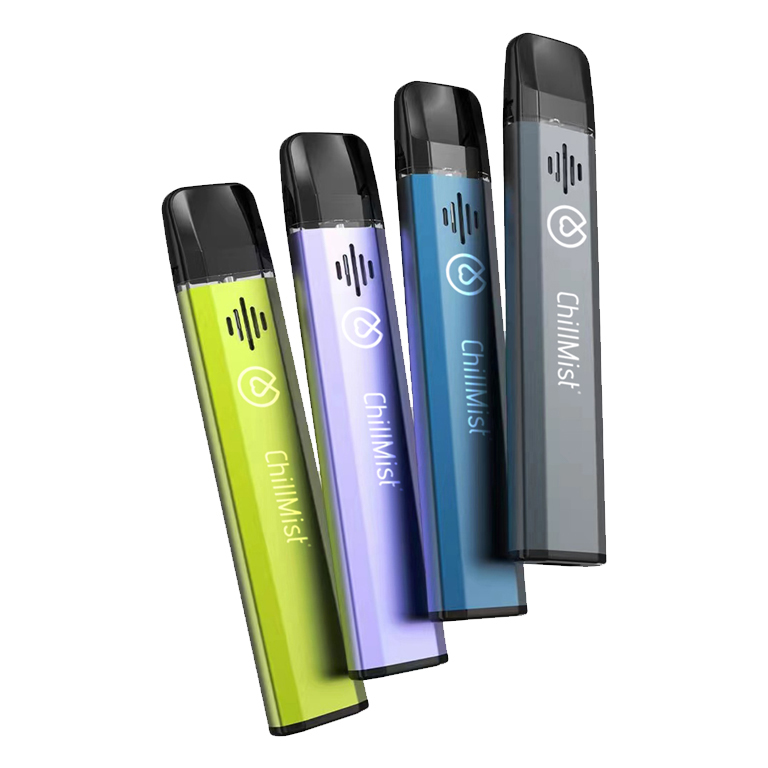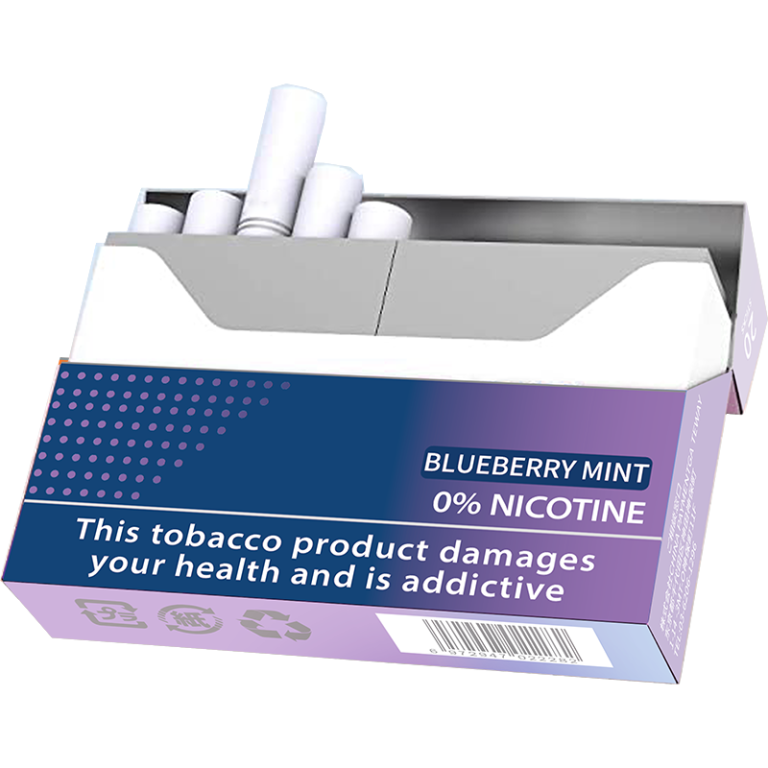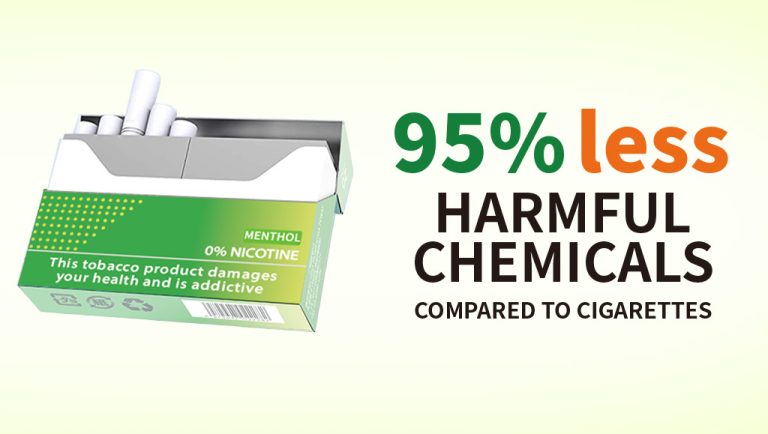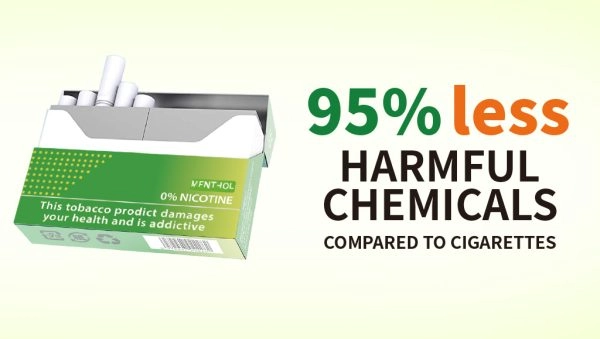In the comparison between HNB smoking and cigarettes, environmental impact assessment focuses on the role of particulate matter (specifically PM₁ emissions). Traditional cigarettes release harmful particles into the air, leading to substantial pollution concerns. However, HNB devices emit fewer PM₁ due to their heating method instead of burning tobacco directly. This distinction potentially leads to less deterioration in air quality from smoking.
Comparisons with Electronic Cigarettes
Electronic cigarettes have emerged as another alternative to traditional cigarette smoking. Compared to HNB devices, e-cigarettes generally produce vapor rather than smoke, leading to different emission profiles. HNB smoking typically results in lower levels of particulate matter due to the absence of combustion elements, which are prevalent in traditional cigarettes and can also appear in e-cigarettes. Thus, the comparative emissions from HNB smoking are more favorable from an environmental perspective.

Emission of Harmful Chemicals
The emission of volatile organic compounds (VOCs) is another critical aspect to consider. Traditional cigarettes release a vast array of VOCs, contributing to air pollution and presenting numerous risks to human health. In contrast, HNB devices have a reduced emission profile for VOCs, attributed to the distinctive method of heating tobacco. The lower chemical output from HNB smoking may positively influence both environmental and public health.
Aldehydes and Other Toxic Substances
Aldehydes and other harmful substances also present environmental risks. Think of cigarette smoke carrying numerous aldehydes that can damage ecosystems and worsen the greenhouse effect. However, HNB devices produce lesser amounts of these toxic elements. This distinction positions HNB as a choice for promoting a healthier environment.
Waste Generation and Disposal
Contribution to Environmental Pollution
Traditional Cigarette Butts
The environmental pollution stemming from cigarette waste is an alarming factor. Traditional cigarette butts are among the leading sources of litter and pollution worldwide. They take years to decompose and release toxic chemicals into the soil and water. The high volume of waste generated by traditional smoking practices presents significant challenges for waste management systems globally.
HNB Devices and Residual Waste
HNB devices, while not entirely devoid of waste, generally contribute less to environmental pollution than traditional cigarettes. The residual waste from HNB products typically consists of smaller components, allowing for easier disposal. However, it is essential to consider the lifecycle of these devices to evaluate their complete environmental impact accurately.
Potential for Waste Reduction
Recyclability of HNB Products
One of the key benefits of HNB smoking lies in the recyclability of its devices. Many HNB products, like CMT-Q001, are designed with sustainability in mind. Manufacturers are placing more emphasis these days on making parts that can be reused, thereby reducing environmental damage. Traditional cigarettes, by comparison, seldom have any recyclable components, contributing to higher levels of pollution.
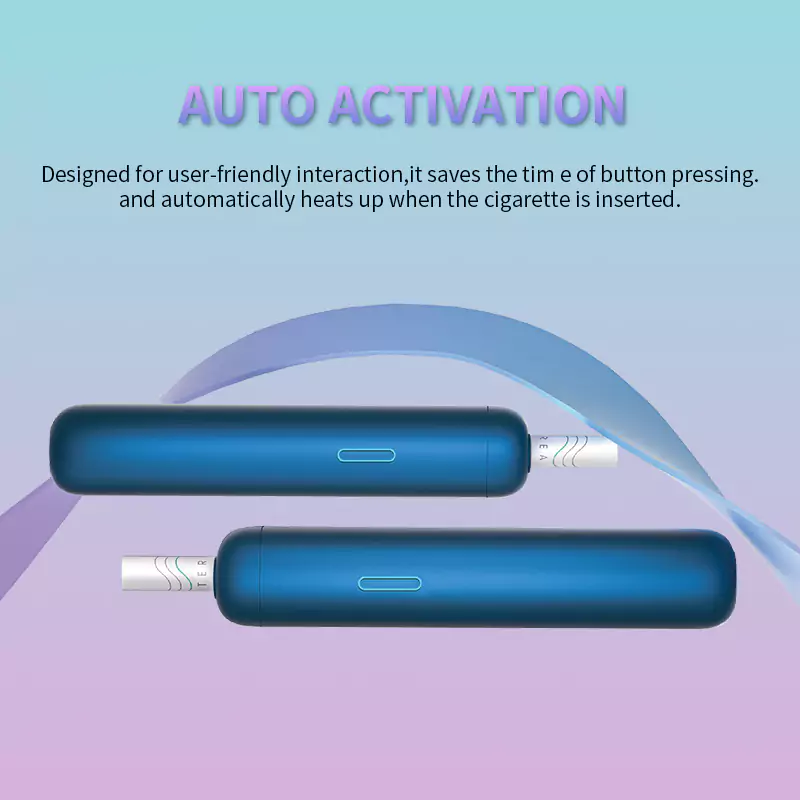
Comparison with Conventional Cigarette Waste Management
When comparing waste management methods between HNB smoking and traditional cigarette disposal techniques, it is revealed that HNB smoking offers the potential for minimizing waste compared to conventional cigarette disposal practices, which are frequently inadequate and harmful to the environment. HNB devices provide a platform for an environmentally friendly approach, including the implementation of recycling schemes and endeavors to decrease waste production holistically. The emphasis is placed on creating eco-products for manufacturers and consumers alike to contribute towards a more sustainable tomorrow.
In summary, HNB smoking presents various advantages over traditional cigarettes in terms of emissions and waste generation. With their reduced particulate matter, lower harmful chemical output, and recyclability, HNB devices may hold the key to a more environmentally conscious cigarette market. When combined with innovations from companies such as Chillmist Vape and their OEM initiatives, the shift towards HNB smoking can contribute to a healthier planet.
Public Health Implications from an Environmental Perspective
Air Quality Concerns
Outdoor Air Pollution
The air outside is affected significantly by the substances released from tobacco products, such as cigarettes. These release tiny particles and chemicals into the air, worsening smog and breathing issues for everyone. HNB smoking, on the other hand, generates substantially fewer harmful emissions due to its heating mechanism, resulting in less outdoor air pollution. As HNB smoking becomes more prevalent, the potential for improving air quality should be considered in discussions regarding regulatory measures and environmental health policies.
Indoor Air Quality Impact
When we look at the effects of smoking in terms of indoor air quality, it is a concern we need to consider too. Traditional cigarettes produce smoke that can linger in closed spaces, adding to indoor air pollution levels and posing health dangers for non-smokers present there. In contrast, HNB devices release an aerosol instead of smoke, which tends to disperse faster and contains fewer harmful chemicals. This could contribute to creating healthier indoor spaces and lowering the chances of exposure to toxic substances for both smokers and bystanders.
Secondary Environmental Effects
Soil Contamination from Cigarette Butts
Cigarette butts represent a significant source of soil contamination. The filters, made from cellulose acetate, do not degrade easily and can leach toxic chemicals into the soil, adversely affecting the ecosystem. The accumulation of these butts in natural habitats can disrupt soil composition and harm local flora and fauna. With HNB smoking producing significantly less waste, particularly in the form of butts, it presents a potential reduction in soil contamination concerns.
Water Pollution
Water pollution caused by tobacco products, particularly from discarded cigarette butts, poses a serious threat to aquatic life. When rainwater washes accumulated residues into waterways, harmful chemicals from the butts can negatively impact water quality, harming fish and other wildlife. HNB smoking, however, produces minimal waste and therefore reduces the likelihood of contributing to this form of pollution. Transitioning from traditional cigarettes to HNB devices could alleviate some of these significant environmental pressures on water systems.
Future Trends and Considerations
Market Growth and Implications for the Environment
Rise in HNB Consumption
The increasing trend of HNB smoking reflects a change in what consumers prefer, as they look for options other than regular cigarettes to use. The increased use of these products could result in a reduction in the effects on the environment linked to traditional smoking, such as less air pollution and waste creation. As manufacturers introduce new and innovative HNB products, such as those found at Chillmist Vape, the market for these devices is likely to expand, promoting more sustainable practices within the industry.
Forecasted Environmental Footprint
As HNB smoking continues to gain traction, it becomes essential to assess its long-term environmental footprint. While initial studies suggest a reduction in harmful emissions and waste compared to traditional cigarettes, ongoing monitoring will provide insight into the overall impact of widespread HNB usage. Policymakers and stakeholders should closely examine the lifecycle of these products to ensure that environmental benefits are realized while addressing potential ramifications for waste management and resource consumption.
Regulatory and Policy Measures Needed
Existing Regulations
Current regulations surrounding tobacco products primarily focus on traditional cigarettes and their health implications rather than the environmental consequences. As the popularity of HNB smoking grows, a reevaluation of existing policies is necessary to address the unique aspects regarding emissions and waste. It is essential to create a regulatory framework that promotes more sustainable practices within the HNB market while ensuring public health protection.
Recommendations for Improved Environmental Controls
Enhancing environmental controls in the HNB sector will require collaborative efforts across various sectors, including manufacturers, policymakers, and public health advocates. Strategies could include encouraging recycling initiatives, promoting eco-friendly product designs, and implementing comprehensive waste disposal guidelines for HNB devices. Additionally, educating consumers about the environmental benefits of transitioning to HNB smoking can further reinforce sustainable practices within the industry. Through collective actions and proper regulations, it’s possible to steer the market towards more environmentally friendly solutions.
In conclusion, the comparison of HNB smoking to traditional cigarettes reveals various environmental advantages that may benefit overall public health. From an improved air quality perspective to reduced waste generation and pollution, HNB devices offer a promising alternative for consumers and policymakers alike. As the market evolves, embracing innovations from companies like Chillmist Vape and emphasizing the importance of OEM strategies can significantly contribute not only to a healthier population but also to a more sustainable environment.


